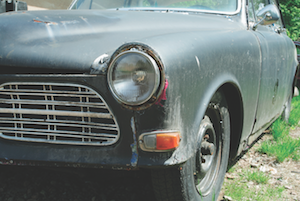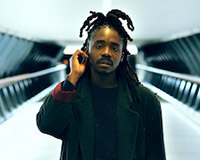“In Chile, 20 years ago we picked the grapes earlier and used less oak. There was much higher diversity of styles of wine. When you pick earlier you get a bigger diversity of flavours. When you start to push maturity further and further, at the end a Cabernet and Merlot and a Syrah are pretty similar with sweet fruit character.”
So in 2010 he decided to make a special bottling of the Marques de Casa Concha Cabernet Sauvignon with the techniques of the 1970s. “I got an old block of Cabernet from Puente Alto that we normally pick in the last week of April, depending on the year, and I picked it in mid-March,” says Papa. He picked 20 tonnes.
“When I went to the vineyard I tasted the grapes and the seeds were green. So I closed my eyes and picked anyway. The wine was full of colour and flavour, but very tannic. I put it in vaguada costera old barrels of 400 litres and left it. Each time I tasted it it was getting better, but for the first year it was undrinkable.”
This wine was bottled a year later than he normally would bottle Marques. “I showed it to Patricio Tapia [a leading Chilean wine critic],” says Papa. “It was 12.6% alcohol and the acidity wasn’t adjusted. He thought it was fantastic.” The wine ended up winning best Cabernet in Tapia’s Descorchados Wine Guide 2014.
This success led Papa to consider moving the picking date for all the Marques de Casa Concha wines. “In 2013 I was pretty much convinced to move to early picking, but I could only pick half early and then the other half in the first week in April for logistical reasons.”
In 2014 he moved all the picking to the earlier date. In addition, he has gradually increased the proportion of the wine aged in botti rather than barrels. As these are expensive, this takes time. For the 2015 vintage he was up to 50% botti.
Papa has noticed an added benefit of picking early. “When we ferment these lots, they go quickly. When we pick later we need to add more yeasts and more nutrients. In the mid-1990s I would pick grapes with 23.6-23.8 Brix and I put 5-7g/hl of yeast and 10ppm DAP and this was all. Fermentation went fine. In 2009 which was the peak of late harvest, we used 20g/hl of yeast, 60-70ppm DAP plus a battery of nutrients. Even like that, the fermentation was slow and you’d need to pump over and extract.
“With early picking you feel more free to leave some lots fermenting wild. The wines will show much more diversity than the wines today.”
This philosophy of picking earlier has even extended to the mass-market wines. “In the same vein, I am doing Casillero. Four years ago we picked with 24.5 Brix, today less than 24. It is getting jucier and more drinkable.”
Papa thinks this is a direction the whole Chilean wine scene is beginning to take. “There is a move today in the country towards these types of wines. They show a different way and many people have opened their eyes and are beginning to make some changes.”
Improved sparkling wines
Finally, there’s another interesting development in Chile, which is the long-awaited focus on sparkling wine. “I think the most important innovation in the Chilean wine industry at the moment is the current upgrades on sparkling wines,” says Mario Geisse. “Every day, Chilean wineries are making huge efforts to improve techniques and progressively locating vines in better regions to produce sparkling wines with more character and quality.”




